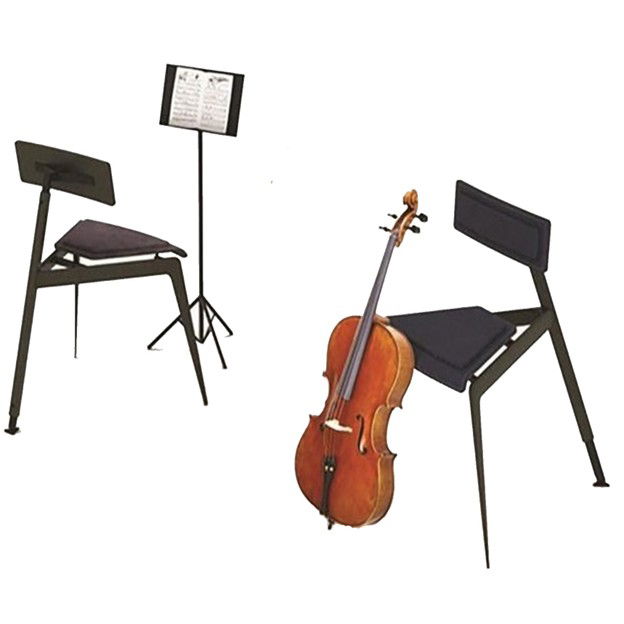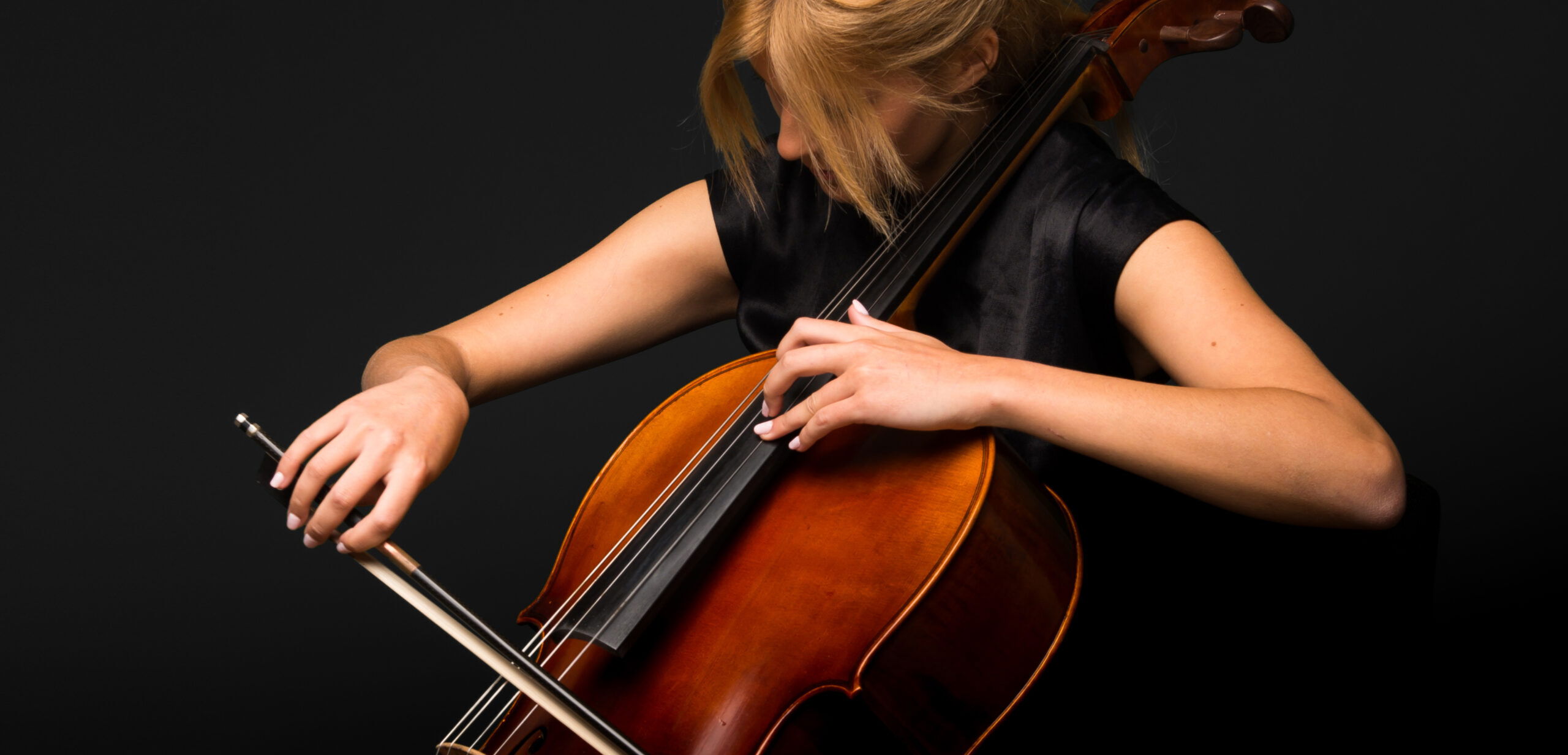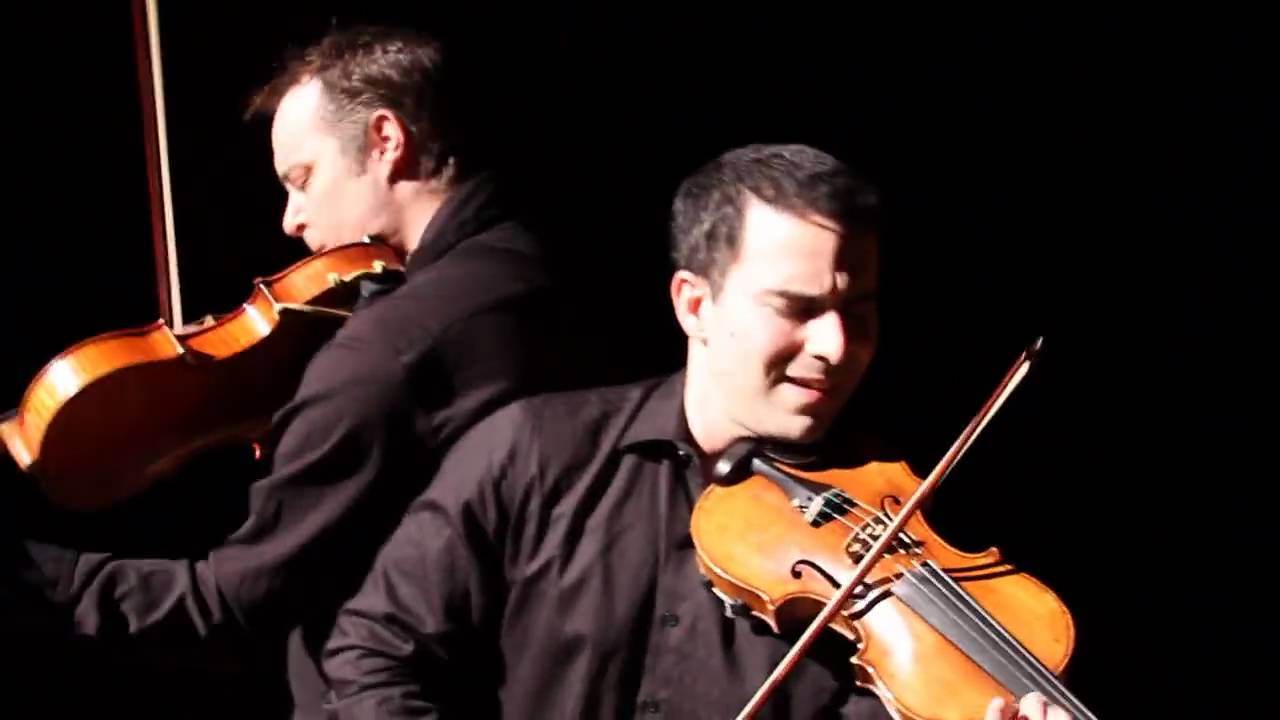Determining First and Second Chairs in String Orchestra

In an orchestra, the role of first and second chairs within each section is extremely important. The responsibility of a string orchestra director in determining these placements involves a blend of technical assessment, understanding individual strengths, and cultivating a balanced musical ensemble. It involves a number of skill sets, including assessing objective musical skills as well as somewhat subjective skills in analyzing a potential chair-holder’s leadership and morale-boosting abilities. The process not only aims to designate leadership roles but also to optimize the collective musical potential of the group while acknowledging the unique talents of each musician.
Although these guidelines apply generally to a string orchestra in any setting, this article will concentrate on a student string orchestra at the high school level.
Another interesting note is that the first chair violinist in a professional orchestra is also the concertmaster. Some school orchestras may impart that responsibility to the first chair violinist already. In either case, that position would be the highest in the orchestra, besides the conductor.

Comprehensive Assessment of Musical Proficiency
1. Technical Mastery and Artistic Skill
Determining first and second chairs requires a thorough evaluation of the technical skills of each potential leadership candidate. These include the musician’s intonation, bow control, tone quality, and overall musicianship. An assessment of a musician's command over scales, arpeggios, bowing techniques, and interpretative abilities is vital. This evaluation is fundamental in assessing how effectively a musician can understand and interpret the written music and bring it to life as the composer or arranger intended.
2. Musical Sensitivity and Artistic Interpretation
String playing goes beyond technical prowess. It involves the ability to interpret the emotions, thoughts and even humor that the composer or arranger intended to express in the musical score. It is crucial that the director be able to assess a student's musical sensitivity, phrasing, dynamic control, and ability to convey the intended emotions, thoughts and even the comedy that is set within music. These attributes often reveal the artistry of a musician.
3. Leadership Potential and Collaborative Skills
First-chair positions in a string orchestra often involve additional leadership responsibilities within the section. Evaluating a student's potential to lead, mentor, and foster collaboration among peers is crucial. These roles require musicians who not only excel individually but also uplift the entire section through guidance and support.
This kind of leadership is shown by example, and by verbal and non-verbal encouragement. If the conductor asks for, say, a certain type of bowing in a passage, the leadership chairs can, in the course of playing that passage, demonstrate the proper way of using the bow. They may also need to explain the bowing method and, when the student has accomplished the task, offer a congratulatory smile or nod.

Balanced Objective and Subjective Evaluation
First, some definitions and examples.
Objective information or an objective perspective is based on facts. Real science is based on observable, confirmable facts. The weight or mass of an object, rate of acceleration, etc. are all objective pieces of information.
Subjective thoughts or comments are based on opinion, emotion, or feelings. These opinions, emotions or feelings may have their basis in certain facts, but it is considered a subjective response if all of the facts are not considered, or they are skewed in any way.
The challenge in any analysis of most things musical is that it’s difficult to establish clear criteria against which a musician or musician’s performance can be compared.
There are a few things in music that are objective. They include:
- The instrument is in tune or not in tune. Almost doesn’t count.
- The instrument is being held properly.
- The musician can play a pentatonic, diatonic or chromatic scale properly.
- The musician knows alternate fingerings for strategic notes.
Then, there are a lot of things that are subjective, such as:
- The music was played with feeling.
- The music should have been played faster / slower.
- There should have been more rubato used in that passage.
- The musician should smile more when he or she plays.
The difficulty with such statements is that the words “feeling”, “faster / slower”, and “more” are not measurable and are strictly relative in the commentor’s mind.
The best way to determine if something is objective or subjective is to find out if the statement or expression is based entirely on verifiable facts. However, when in doubt, consider it subjective until proven otherwise.

1. Objective Criteria Through Auditions
Objective evaluation criteria, such as auditions or playing tests, are among the most important things in determining chair placements. Auditions should cover technical proficiency, sight-reading skills, and prepared repertoire. This approach ensures a fair and transparent process for chair assignments.
The criteria should be clear and understandable, based on things such as performance or understanding that can be quantified. That is, each objective should either have a Pass/Fail, or an objectively established grading system. Nothing should be left to anyone’s personal interpretation. Here are a couple of examples:
- If a scale is used for part of the evaluation not only should the musician play it correctly, the criteria might need to require that it be played in a certain manner (staccato, legato) and perhaps within a certain time frame (within three seconds, etc.)
- If a certain section of a piece is to be played, will the interpretation that the musician makes, whatever that may be, be acceptable, or will the interpretation need to be more in line with any traditional way of playing it?
The musical part of the auditions are best handled as a blind audition, so that the only thing being critiqued is the player’s ability to play the music and follow the conductor’s directions. When the musical part is completed, the students are given a number, which they keep secret. The director, and any other person helping to judge the candidates, use that number to identify each candidate’s performance.
2. Subjective Assessment and Personal Observations
While objective criteria are vital, subjective observations play an equally significant role. Regular rehearsals and interactions with students provide insights into their work ethic, commitment, responsiveness to feedback, and overall contribution to the ensemble. These qualitative aspects complement objective evaluations, offering a holistic view of the students' capabilities.
Some of the subjective things to consider might be:
- Does the candidate seem to pay attention to, and properly interpret, the conductor’s instruction and conducting?
- Does the candidate, when given a new piece, interpret it in such a way that, not only is musically appealing, but is also playable by the rest of the section?
- Does the candidate already offer suggestions, provide examples and technique helps, and offer encouragement to the others around him or her?
- Does the candidate exhibit good people skills away from the music rehearsal setting, such as in other classes or in strictly social settings? This information may have to be obtained through casual conversations with other students who know the candidate.
Perhaps this portion of the whole evaluation process should be done first, without the student’s knowledge, so that they won’t be inclined to act better than they normally would. Another step to this might be to have the whole orchestra suggest who they think might make a good first and second chair for their section. A written questionnaire might include such questions or instructions as:
- Who would you suggest to be the first chair in your section? Briefly explain why.
- Would you be willing to follow that person as first chair?
- Do you know of any reason that this person would NOT make a good first chair? For example, do they engage in cyber-bullying, cheating in academic subjects, taking drugs? (Whatever else the director would do with any negative information would be up to his or her discretion.)
This would give the director a better view of the students’ character, since many students hide some of their lifestyle from adults.
Fostering a Supportive and Nurturing Environment
1. Transparent Communication
Maintaining transparency in the evaluation process is essential. The conductor should communicate the criteria used for chair assignments, and explain the rationale behind decisions. This will foster trust and understanding among the students. Open dialogue encourages students to understand the factors that they will need to consider, and motivates them to improve.
It might be helpful if some of the more advanced players, whether they are candidates for chair positions or not, could demonstrate some of the technical skills required. It may also be helpful to describe some of the more subjective criteria by means of examples, without using candidates’ names.
2. Encouraging Continuous Growth
Chair assignments in a string orchestra should be viewed as dynamic rather than fixed. Directors should provide opportunities for students to progress and challenge themselves. These opportunities represent another good time to use the Pygmalion Effect. I’ve referenced this in other blogs, but basically it is an experience where higher expectations lead to an increase in performance. Regular re-evaluation and the chance to audition for higher chairs encourages growth and ensures a supportive, evolving learning environment.
There should also be evidence that the current first and second chair place holders, and any potential candidates, are practicing diligently. They should be among the most prepared when they arrive for rehearsal.

Balancing Competition and Collaboration
1. Healthy Competitive Environment
Competition within the ensemble can serve as a driving force for improvement. However, it must be nurtured in a healthy and supportive manner. Encouraging students to strive for excellence while fostering a sense of camaraderie helps maintain a positive and motivating environment.
There are some aspects of the musicianship in a string orchestra which can be objectively compared, such as instrument position, bowing technique and dynamics. There are others that are harder to quantify, such as interpretation and emotional input. Having said that, it should be noted that the majority of healthy competition should be within each student. One should strive to be better today than yesterday, and not as good as tomorrow.
Other students, especially those less skilled or experienced, can view the competition not as a game of “King of the Hill”, but, rather, as a way to have some other musician as a good example to be emulated.
2. Emphasizing the Value of Collaboration
While individual growth is important, the essence of a string orchestra lies in its collective harmony. Emphasizing the importance of teamwork and collaboration is essential. Encouraging students to support and learn from each other, regardless of chair placement, fosters a sense of unity within the section.
String orchestra players can learn from the better jazz musicians in that jazz musicians will bring a slightly different interpretation to a piece, but the fusing of those inputs creates a whole new version.
Of course, as always, it’s good to remember that jazz musicians have the freedom to express themselves as individuals because they often are playing solo parts. Any alternate interpretation on the part of a string musician must be made as a group, and be approved by the director. Unless called for in the music, it wouldn’t be good for the sound of a String Orchestra to have the second violins using a different style than the rest of the orchestra.
Conclusion
Selecting first and second chairs within a string orchestra involves a multifaceted process that demands a delicate balance between objectivity and subjectivity. It is a responsibility that goes beyond recognizing technical prowess; it involves acknowledging leadership potential, individual strengths, and the collective contribution of each musician to the ensemble's harmonic tapestry.
A successful string orchestra director aims not only to create a group based on technical proficiency but also to foster an environment where each student feels valued and motivated to excel. Through a comprehensive assessment, open communication, encouragement of growth, and a balance between healthy competition and collaborative spirit, the director can guide the ensemble toward a harmonious, musically enriched experience. Ultimately, the director's discretion in chair assignments plays a pivotal role in shaping a dynamic, harmonious, and artistically accomplished string orchestra.
Salt Cellar Creations understands the beauty and power that a String Orchestra can convey and has a growing library of original works and arrangements. Explore the offerings HERE.
SCC can also compose an original piece for you or do a custom arrangement for you. There are two ways that this can be done; one is much more affordable than the other. And SCC is always looking for ideas of pieces to arrange or suggestions for original pieces.
We have sold music not only in the US but in Canada, the United Kingdom, France, Australia, and New Zealand. Please visit the WEBSITE or CONTACT US to let us know what we can do for you!